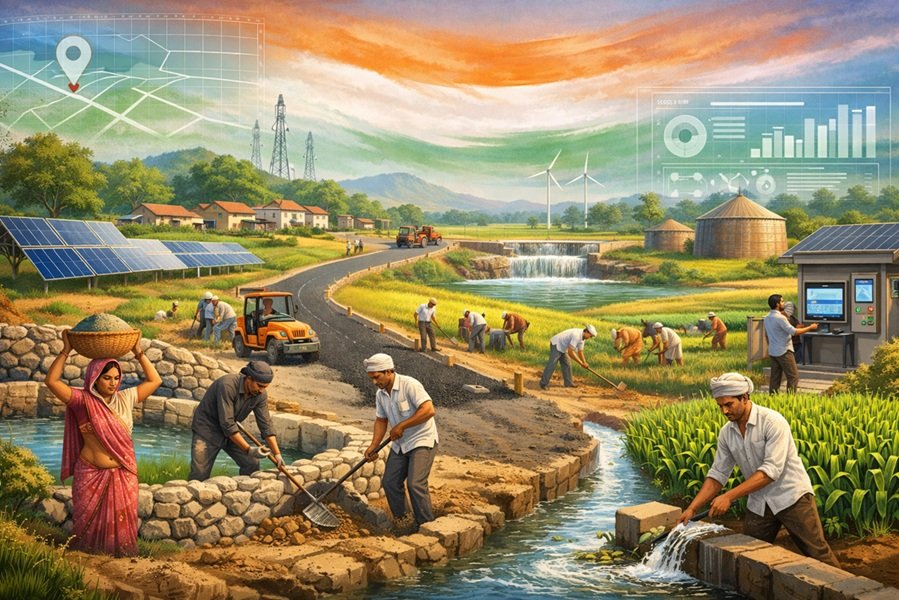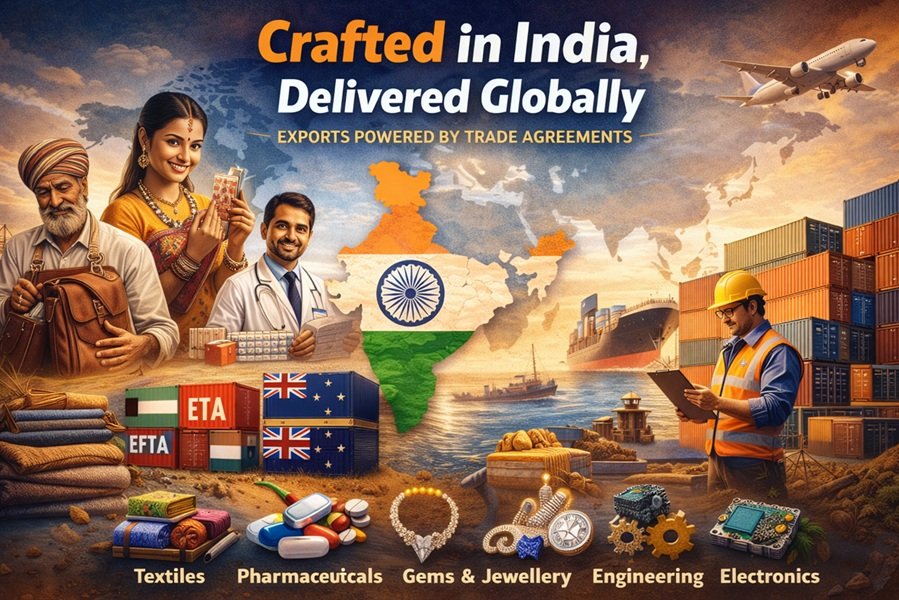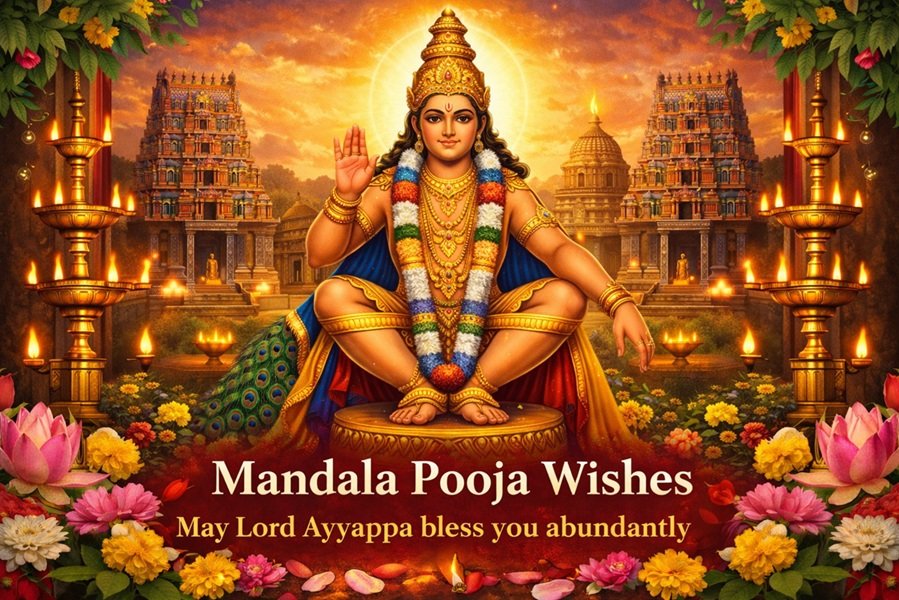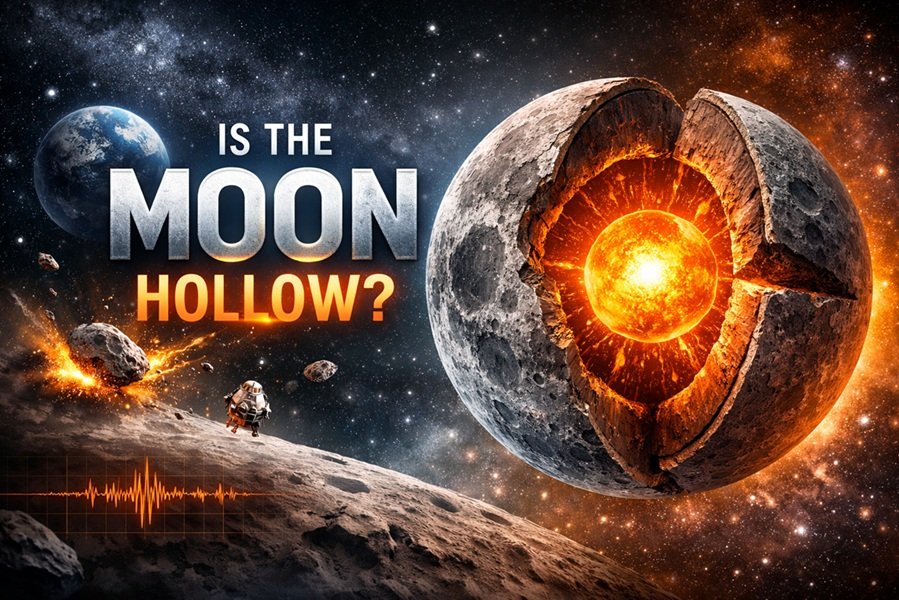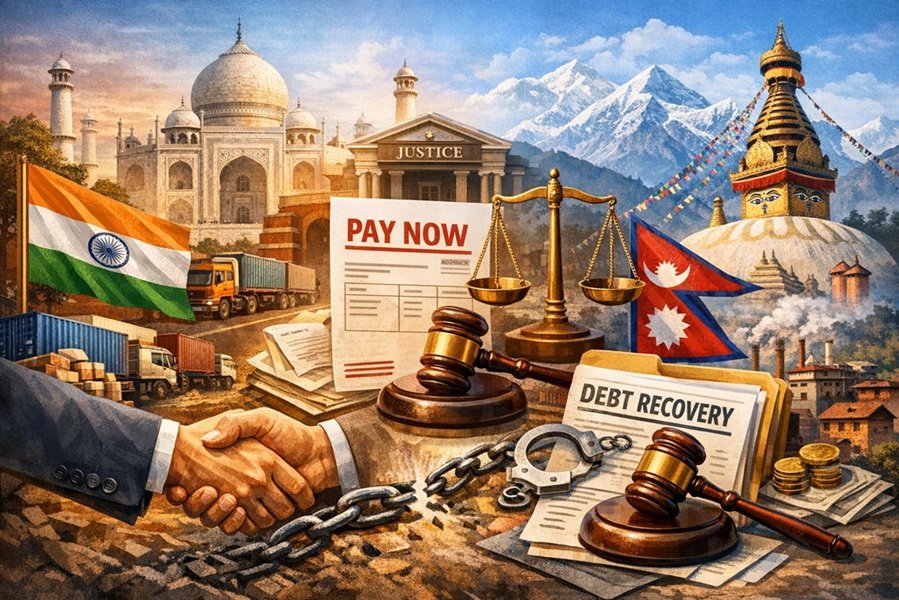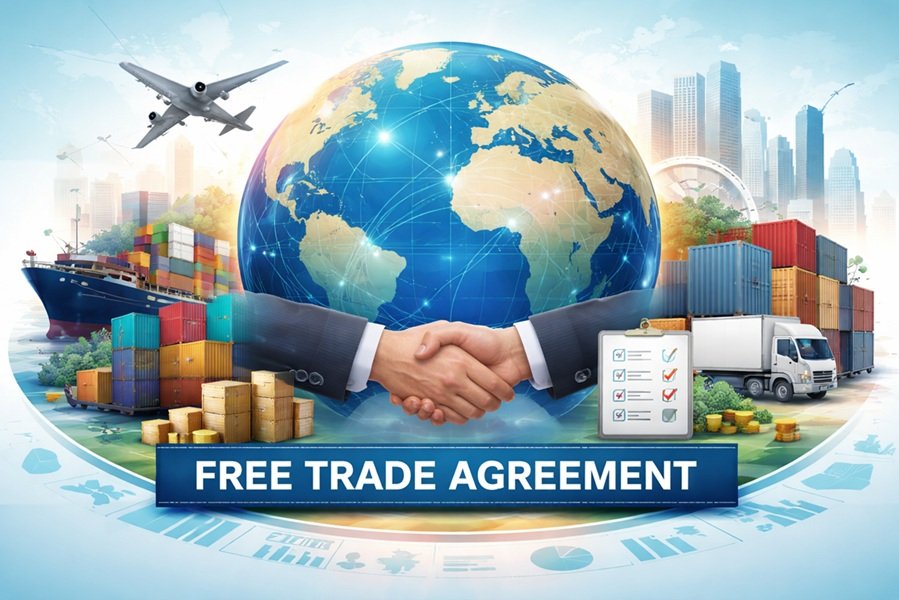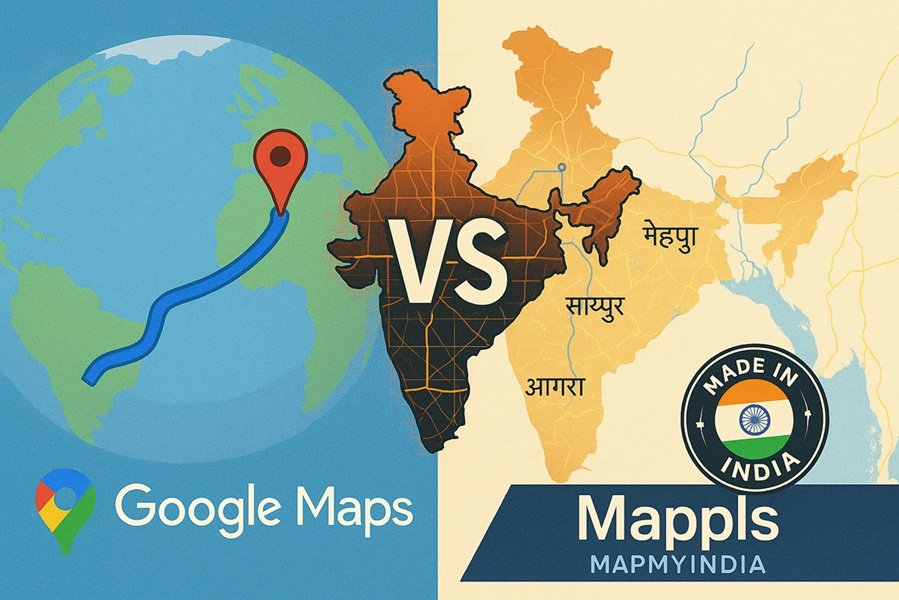
In the age of smartphones and smart mobility, digital maps have become as essential as fuel for modern navigation. Whether it’s finding the nearest hospital, checking live traffic, or exploring an unknown city, a reliable map app can make all the difference. In India, two major mapping platforms dominate user attention — Mappls (by MapmyIndia) and Google Maps.
While Google Maps is a global giant, Mappls represents a homegrown innovation built with Indian road realities in mind. This detailed comparison explores their origins, key features, advantages, limitations, and which one truly serves Indian users better.
1. The Origin Story: Global Giant vs Indian Pioneer
Google Maps: The Global Standard
Google Maps, launched in 2005, quickly became the world’s default navigation and location-based service. Backed by Google’s massive infrastructure, it integrates satellite imagery, 360° Street View, business listings, and real-time data powered by billions of Android devices.
Its strength lies in scale — Google Maps covers nearly every corner of the planet, supports hundreds of languages, and integrates seamlessly with services like Search, Android Auto, and Google Assistant.
Mappls: India’s Own Mapping Revolution
Mappls, developed by MapmyIndia, predates Google’s arrival in India’s mapping ecosystem. Founded in 1995, MapmyIndia began by digitally mapping Indian roads when GPS wasn’t even common.
In 2021, the company rebranded its consumer app as Mappls, offering navigation, live traffic, and location intelligence specifically tailored for Indian users. It’s part of the government’s Aatmanirbhar Bharat vision — promoting indigenous technology solutions for national self-reliance.
Read This: Zoho Workplace vs Google Workspace: A Complete Comparison for 2026
2. Map Coverage and Accuracy in India
Mappls
Mappls’ greatest strength is its India-specific precision. The company has spent decades physically mapping over 17,000 towns and 6 lakh villages. It captures details such as:
- Speed breakers, potholes, and sharp turns
- Flyover and underpass differentiation
- Building outlines and property boundaries
- Local landmarks and small roads often missed by global platforms
Mappls also offers hyperlocal intelligence, updating routes for new flyovers or road closures faster in many cases than Google Maps, especially in semi-urban or rural areas.
Google Maps
Google’s coverage is vast and globally consistent. In Indian metros, its navigation is highly accurate. However, in smaller towns or newly developed suburbs, Google Maps can sometimes misinterpret one-ways, closed roads, or overlapping flyovers.
That said, Google’s real-time traffic estimation is excellent, thanks to its massive user base feeding live data continuously.
Verdict:
- Mappls wins for hyperlocal and rural accuracy.
- Google Maps leads in overall coverage and real-time traffic updates.
3. Navigation and Real-Time Guidance
Mappls Navigation Features
Mappls offers “Junction View” — a 3D representation that shows the correct lane and flyover path at complex intersections. This feature, similar to what’s available in advanced car GPS systems, is particularly useful in India’s multilayered junctions.
Additional features include:
- Speed limit alerts
- Warning for accident-prone zones
- Voice-guided navigation in 9 Indian languages
- Hazard detection (potholes, bumps, etc.)
- Custom routing for cars, bikes, and trucks
These features reflect Mappls’ focus on road safety and contextual navigation, rather than just directions.
Google Maps Navigation
Google Maps provides intuitive, globally trusted navigation with:
- Real-time traffic updates
- Alternate route suggestions
- ETA (estimated time of arrival) predictions
- Integration with ride-hailing apps like Ola and Uber
- Voice navigation in regional languages
Google also has features like Live View AR Navigation (in select areas) and Lane Guidance in many metro cities. However, it doesn’t yet offer granular hazard warnings like Mappls.
Verdict:
- Mappls excels in India-specific driving contexts.
- Google Maps remains unbeatable for dynamic rerouting and real-time traffic.
4. Local Search and Business Listings
Google Maps
Google’s integration with Google Business Profiles gives it a massive edge. It’s the go-to app for finding restaurants, petrol stations, ATMs, or hospitals with:
- Photos, ratings, reviews, and hours
- Integration with Google Search and Assistant
- “Popular times” and wait-time data
Its ecosystem makes it more than a navigation tool — it’s a local discovery platform.
Mappls
Mappls focuses more on accurate location data than user reviews. It supports Mappls ID, a unique digital address code that simplifies sharing locations — a practical solution for India’s inconsistent addressing system.
For example: “Mappls ID: MAPPLS.IN/HVM123” can pinpoint an exact building entrance or apartment gate.
However, the app currently lacks the community-driven review system that gives Google Maps a social edge.
Verdict:
- Google Maps leads in local discovery and business listings.
- Mappls shines in precision addressing and location sharing.
5. Privacy and Data Security
Mappls’ Approach
One of Mappls’ strongest selling points is data privacy. Being an Indian company, it hosts data on Indian servers and adheres to domestic privacy regulations. It doesn’t rely on advertising-based revenue, meaning your location history and preferences aren’t sold to marketers.
Google Maps’ Data Model
Google Maps is deeply integrated with Google’s advertising ecosystem. While user data is anonymized, location history contributes to targeted ads, recommendations, and Google’s broader data analytics.
Verdict:
- Mappls wins for privacy and data sovereignty.
- Google Maps trades privacy for personalized convenience.
6. Offline and Connectivity Features
Mappls
Mappls allows users to download full city or region maps for offline navigation — ideal for areas with poor connectivity. The app also consumes less mobile data and can run efficiently on mid-range smartphones.
Google Maps
Google also supports offline maps, but they need periodic updates and don’t include real-time traffic or some advanced features. Its heavy reliance on internet connectivity limits functionality in low-signal zones.
Verdict:
- Mappls performs better offline.
- Google Maps is superior online.
7. Integration and Ecosystem
Google Maps
Google Maps seamlessly integrates with:
- Android Auto and Apple CarPlay
- Google Search, Gmail, Calendar, and Assistant
- Third-party delivery, travel, and ride-sharing apps
This makes it an all-in-one navigation and lifestyle companion.
Mappls
Mappls integrates with:
- Automotive systems from Tata Motors, Mahindra, and Hyundai
- Government platforms like ULIP (Unified Logistics Interface Platform)
- Fleet management and IoT solutions for logistics
Its enterprise ecosystem is rapidly growing, but consumer integration is still expanding.
Verdict:
- Google Maps dominates personal device integration.
- Mappls is advancing in automotive and enterprise mapping.
8. User Interface and Performance
Mappls offers a clean interface with India-focused elements like toll booth alerts, fuel station info, and voice navigation in Indian accents.
Google Maps’ interface feels familiar and intuitive, but often cluttered with pins, reviews, and ads.
Verdict:
- Mappls: Simpler, focused on driving.
- Google Maps: Richer, more feature-heavy UI.
9. Which App Is Better for You?
| Use Case | Recommended App |
|---|---|
| Daily urban commuting | Google Maps |
| Rural or semi-urban navigation | Mappls |
| Data privacy and Made-in-India preference | Mappls |
| Restaurant and business discovery | Google Maps |
| Offline road trips | Mappls |
| Multi-service integration (Ola, Zomato, etc.) | Google Maps |
10. Future Outlook
Mappls is growing fast, especially after India’s new Geospatial Policy (2022) opened the sector to private innovation. With continued government support and demand for data sovereignty, it’s likely to become a standard navigation choice in Indian-made vehicles and logistics networks.
Google, however, continues to evolve with AI-driven mapping, real-time insights, and global reach, maintaining a technological advantage.
Read This: Zoho Office Suite vs Microsoft Office: A Complete Comparison
Conclusion: The Road Ahead
Both Mappls and Google Maps serve crucial roles in India’s digital ecosystem. Google Maps remains the global gold standard for convenience and integration, while Mappls offers India-specific precision, privacy, and a vision of self-reliance.
For the average user, the best approach might be using both:
- Google Maps for exploration and discovery,
- Mappls for accurate local navigation and data privacy.
